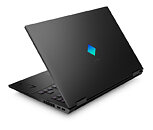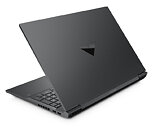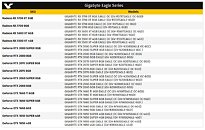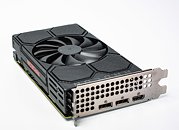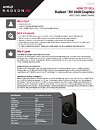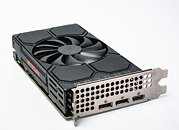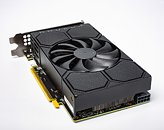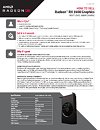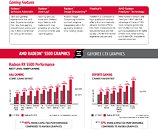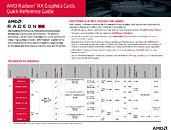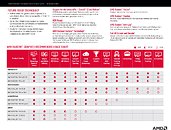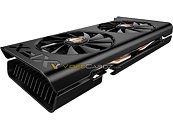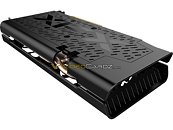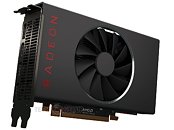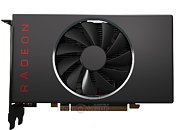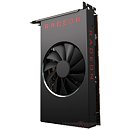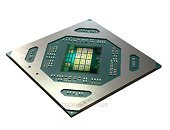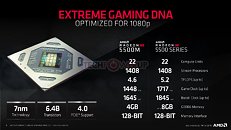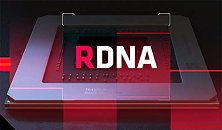
HP Unleashes OMEN 16/17 Gaming Laptops and Customizable OMEN 25i Gaming Monitor
HP introduced its latest gaming hardware and software designed for today's gamers with the powerful OMEN 16 and OMEN 17, bright and customizable OMEN 25i Gaming Monitor, and community gaming with OMEN OASIS Beta feature in OMEN Gaming Hub. The company also debuted Victus by HP, its next-generation mainstream-level gaming PC portfolio, with a 16-inch laptop.
Gaming continues to be an outlet for entertainment and connecting with friends. Two out of three people are spending more time watching videos and gaming than they did prior to the pandemic, with one in four gaming three to four hours more and almost one in five gaming six to ten hours more a week6. HP's next-generation gaming portfolio is designed for both veteran gamers and enthusiast explorers to be entertained, connected, and empowered to progress in their favorite games.
Gaming continues to be an outlet for entertainment and connecting with friends. Two out of three people are spending more time watching videos and gaming than they did prior to the pandemic, with one in four gaming three to four hours more and almost one in five gaming six to ten hours more a week6. HP's next-generation gaming portfolio is designed for both veteran gamers and enthusiast explorers to be entertained, connected, and empowered to progress in their favorite games.
